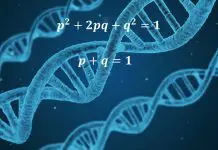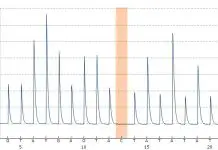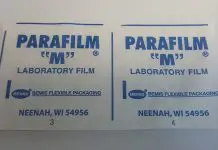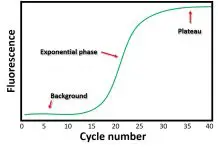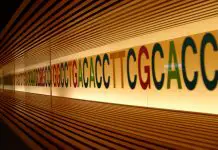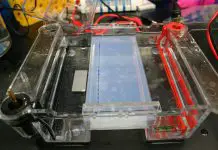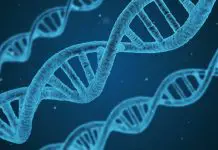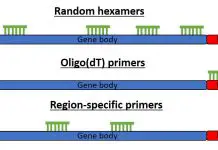The Hardy-Weinberg Equations And How To Use Them
What is the Hardy-Weinberg principle?
The Hardy-Weinberg principle, also referred to as the Hardy-Weinberg equilibrium, is a set of 5 assumptions which when satisfied can...
How To Make TBE Buffer
About TBE buffer
TBE buffer, named so because of the three ingredients of Tris base, Boric acid and EDTA, is a solution commonly used as...
How Does Bisulfite Pyrosequencing Work?
What is bisulfite pyrosequencing?
Bisulfite, also referred to as bisulphite, pyrosequencing is a technique used to quantify DNA methylation levels on DNA at a single-base...
Load An Agarose Gel In Minutes With Parafilm
When you come to load an agarose gel with your DNA/PCR samples, you will first need to mix them with a loading buffer. The...
What Is A Cycle Threshold (Ct) Value In qPCR?
In this article, I will explain what is meant by a Ct value in quantification (real-time) PCR (qPCR). I will also discuss the difference...
Guide To Sequencing On The Qiagen Q24 PyroMark
In this extensive guide, I will explain how to perform pyrosequencing on Qiagen's Q24 PyroMark Advanced system. To do this you need to have...
Guide To Agarose Gel Electrophoresis
If you are using DNA or doing PCR’s in your research, then you can guarantee you need to make up agarose gels at some...
8 Tips For Using The Nanodrop To Measure DNA/RNA
Personally, I believe the Nanodrop is one of the most important, underrated pieces of equipment in the lab. By using just 1 μL of...
What Is The Polymerase Chain Reaction (PCR)?
What is the Polymerase Chain Reaction (PCR)?
PCR is a molecular technique frequently applied to amplify regions of interest in DNA, resulting in millions or...
Random Primers Or Oligo(dT) Primers For cDNA Synthesis?
Having extracted and assessed the total RNA from your samples, you now have the task of creating the first strand complementary DNA (cDNA). Sounds...

